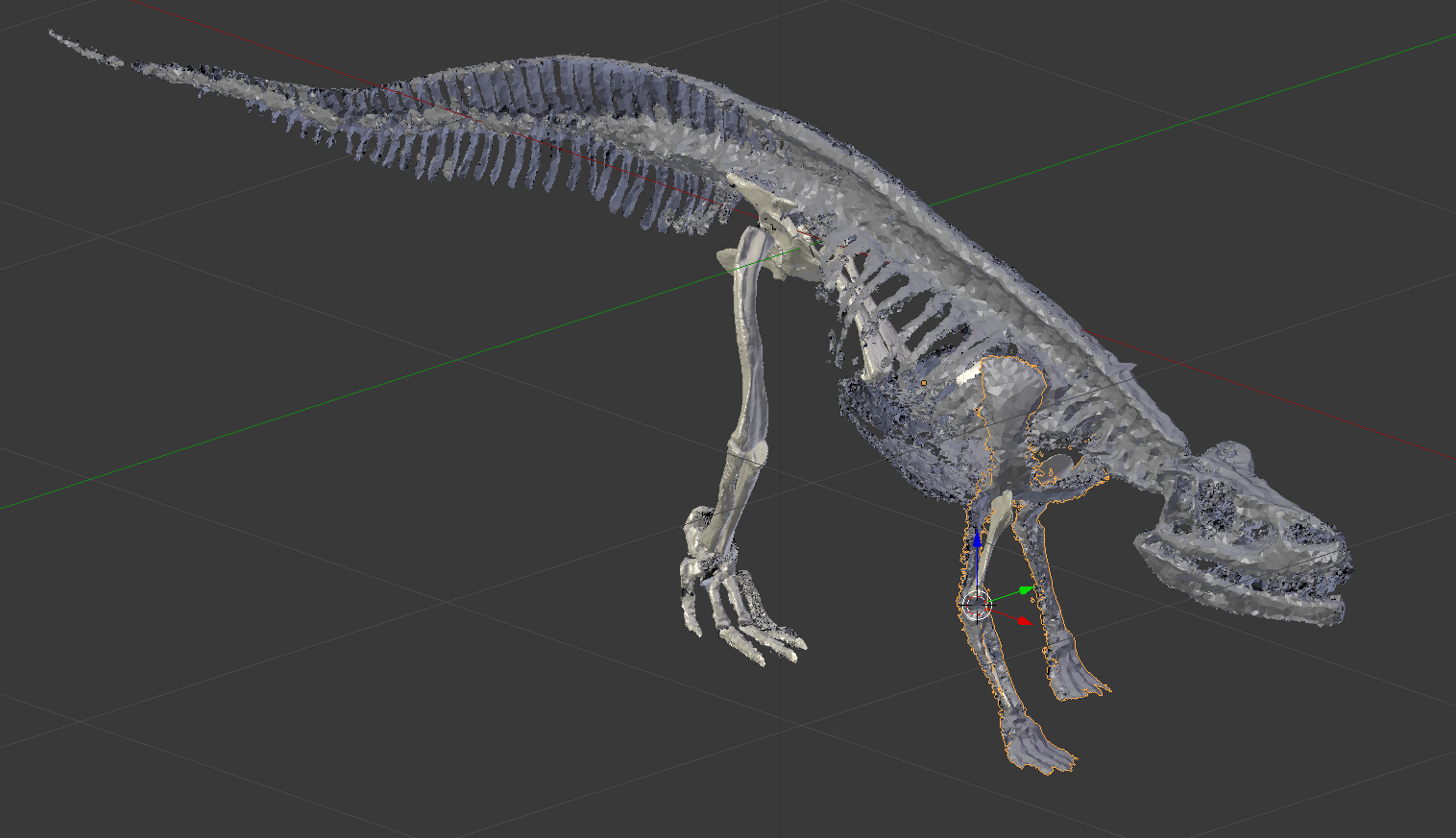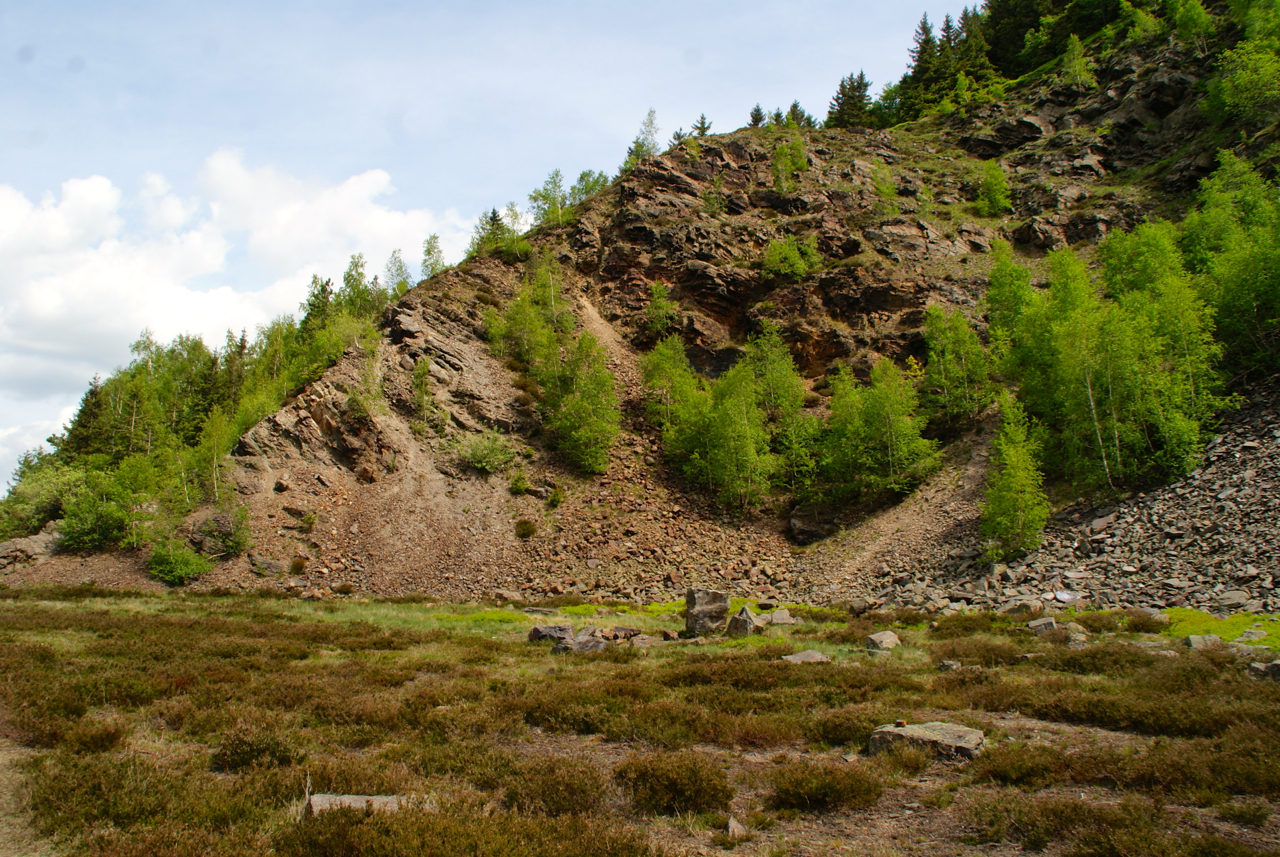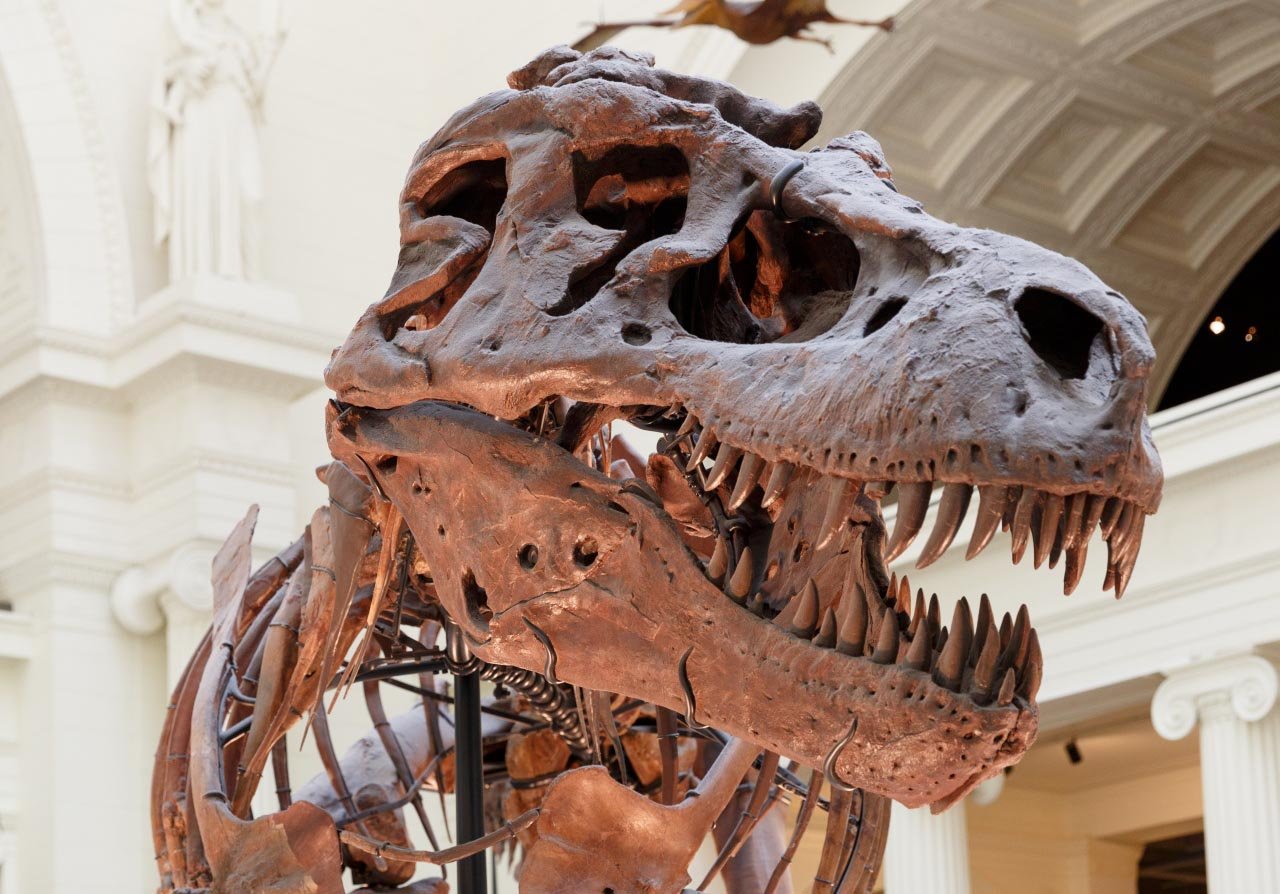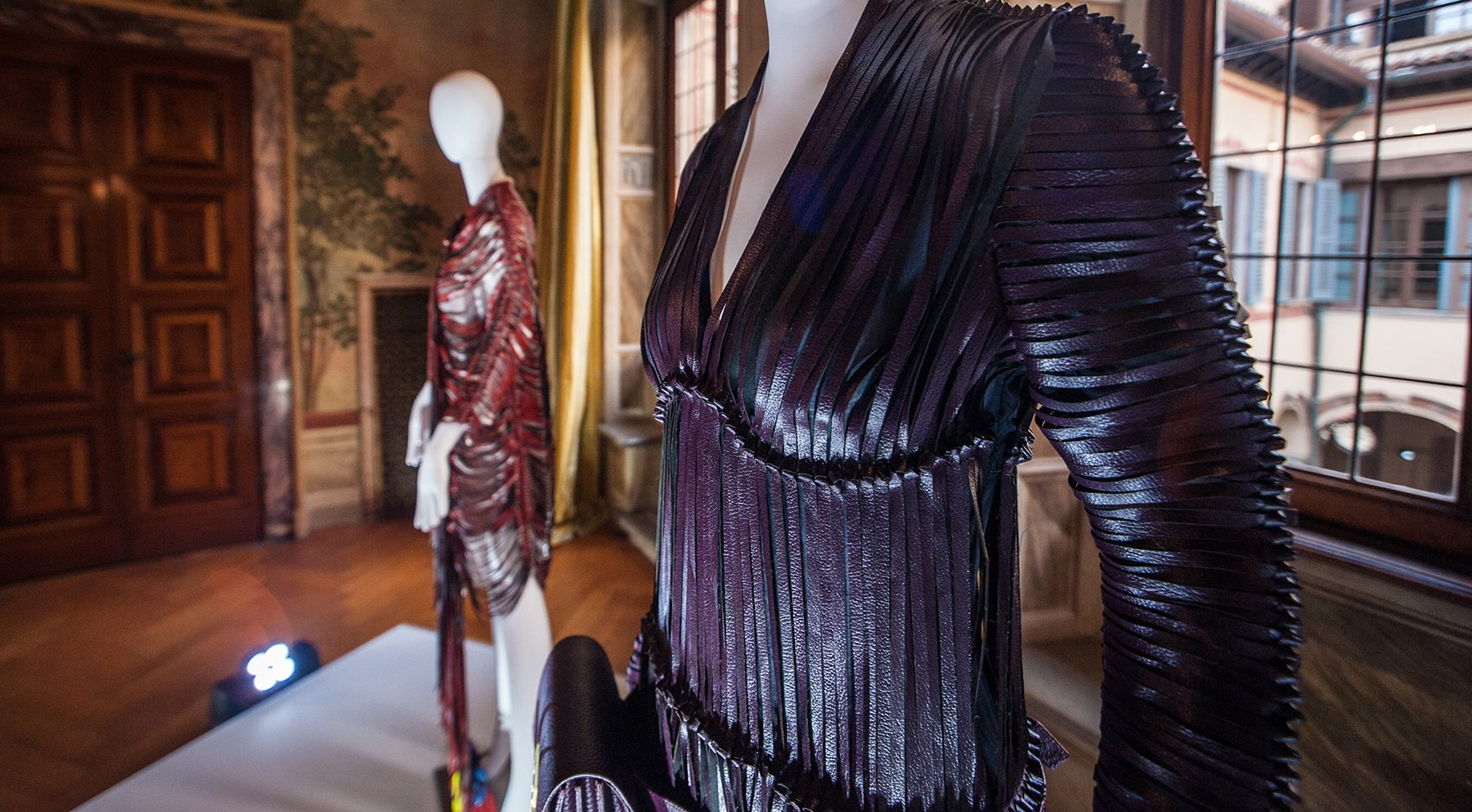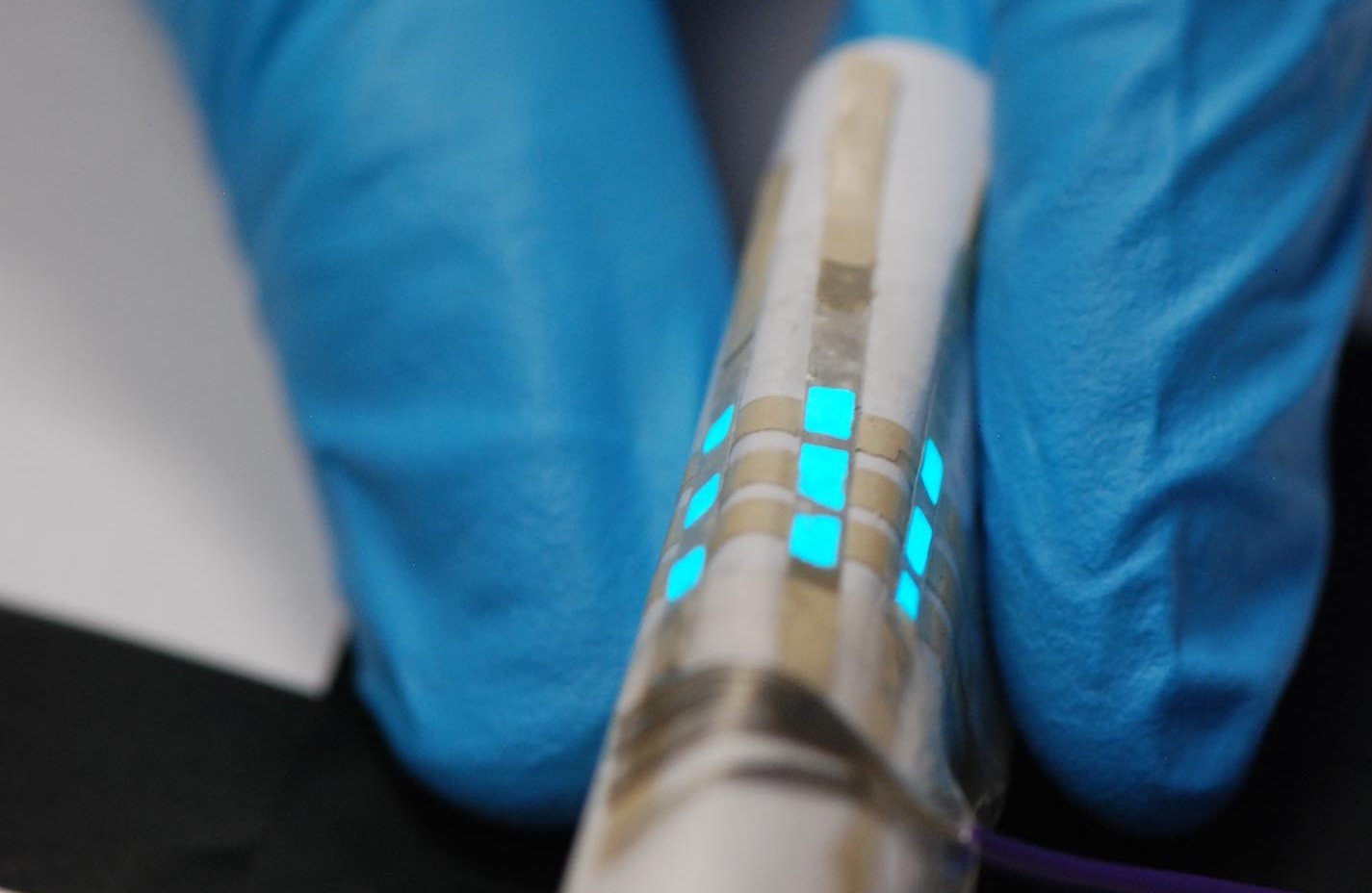Models of dinosaur movement could help us build stronger robots and buildings
From about 245 to 66 million years ago, dinosaurs roamed the Earth. Although well-preserved skeletons give us a good idea of what they looked like, the way their limbs worked remains a bigger mystery. But computer simulations may soon provide a realistic glimpse into how some species moved and inform work in fields such as … Read more

